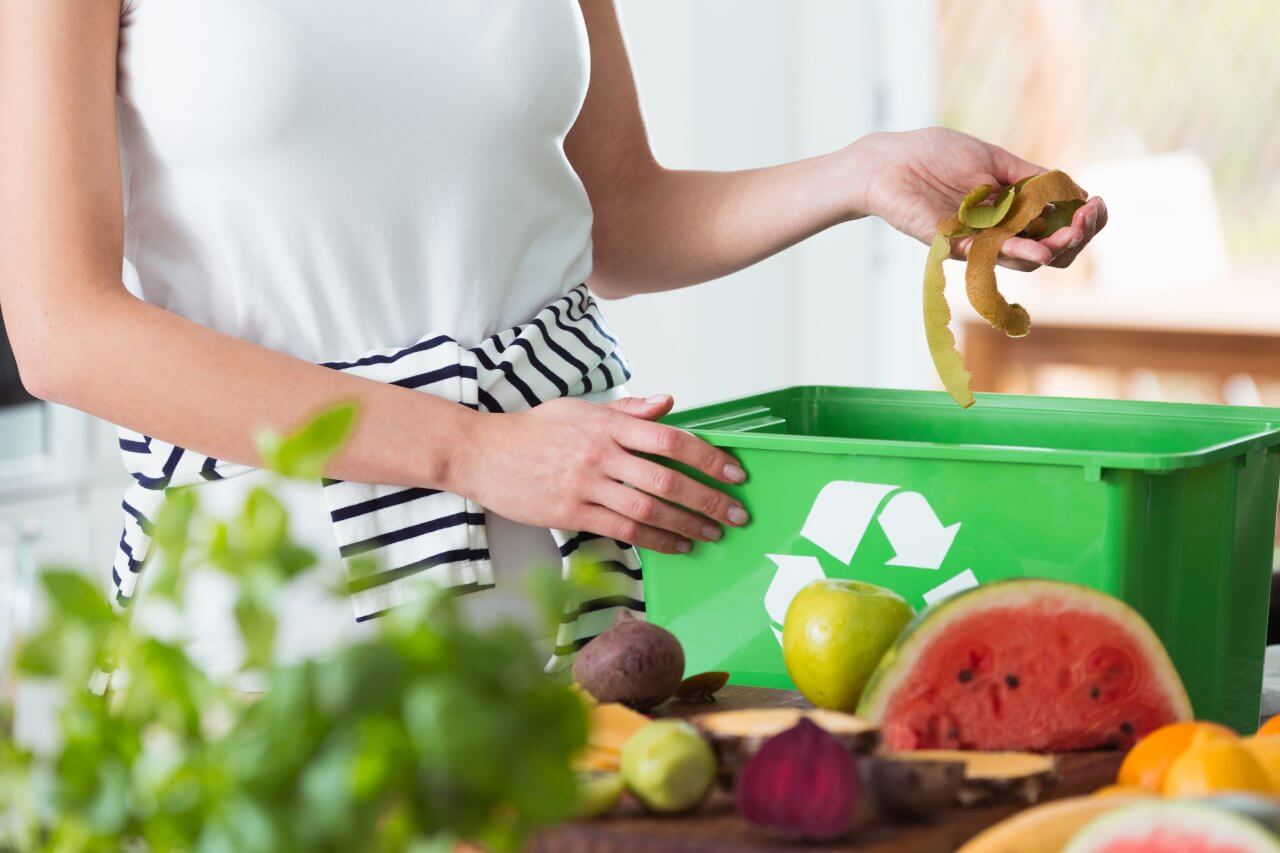This guide will help you spend less while still eating deliciously and satisfyingly.
No matter how much oil poured from TV screens (they say the government controls prices for goods from the food basket), statistics are stubborn things. The cost of the conditional minimum set of food products is growing the cost of a conditional (minimum) set of food products again. If, in October 2017, it was 3,715 rubles, then in May 2018, it is already at the level of 3,970 rubles.
According to experts, prices will continue to rise. So, it’s time to learn how to save. We will show you how to spend a minimum of money on food.
In the shop
1. Make a shopping list and strictly follow it
To do this, develop a menu for the week: breakfasts, lunches, and dinners. Inspect kitchen cabinets and refrigerator and list ingredients that are missing to prepare your intended meals. Nothing extra!
Mobile applications will help you to maintain a shopping list.
Read also: How to Save on Gasoline and Car Maintenance
2. Compare prices in different stores
Buying everything in one supermarket is convenient. But sometimes, if you walk to the bakery around the corner, you can get more delicious and cheaper bread.
If there is no time for monitoring, try to shop once a week. “Today, I’ll buy cottage cheese, and tomorrow I’ll come in and buy more eggs” is an approach that leads to unplanned expenses.
Well, use special applications.
3. Attend agricultural fairs
They usually take place in autumn and spring, and there you can very profitably buy farm products: potatoes, eggs, and others.
4. Avoid impulse purchases
Do not buy products not from the list just because they are cheap or suddenly you want to: “Oh! Discount on Chinese cabbage! You have to take it. Usually, it is 10 rubles more expensive “(are you sure you will eat it?),” Mmm, cake! Want! Want!” (but what about the diet?).
Do not take children to the store: their “want” is more difficult to resist. Willpower alone won’t save you.
5. Use discount cards
You may have to pay for its purchase, but this is a one-time expenditure, and discounts can be used every time you visit this store.
6. Shop in bulk
Flour, sugar, salt, pasta, and spices are always needed. Plus, they have a long shelf life. So, you can take it for future use. Moreover, prices in wholesale outlets are usually lower.
“Where do I go? I have nowhere to store it, ”- typical objections of housewives to the advice to buy food in large quantities. The solution is simple: team up with your friends. By purchasing a rice package and dividing it among yourself, you will quickly see the benefits of this approach.
7. Lookdown
According to the merchandising rules, the most expensive goods are placed on the shelves at the level of the buyer’s eyes, and the cheapest ones – on the lower racks. Do not be lazy to bend over and study the downstream range.
Also, don’t go to the sections you don’t need (divide the foods on the list by groups: meat, vegetables, and so on). And don’t forget that you should visit the store well-fed.
8. Disable “autopilot.“
We often wander around the store, thinking about our own and mechanically putting food in the basket. Remember how sad it is when you find out that the apples are broken, and the pack cookies are broken. Choose foods carefully.
9. Don’t overpay for a name
Famous brands are more expensive. But this is not always a guarantee of quality and taste. Take a closer look at less famous but cheaper counterparts. For example, brands of chain stores. As a rule, popular products'(vegetable oil, groceries, etc.) do not differ from branded ones.
10. Don’t overpay for packaging
In a nondescript package, million be tastier and cheaper than a drink in a bottle, and bulk products by weight are more profitable than packaged in colorful boxes.
11. Pay attention to weight and volume
The same product is often on the shelves, but one is cheaper than the other, for example, by 5 rubles. Do not rush to grab what is cheaper. Compare the difference in weight or volume of these foods. It is more profitable to take a “full” kilogram than 940 grams.
12. Don’t buy semi-finished products
They are a priori more expensive than self-prepared (from “A” to “Z”) dishes. Don’t let yourself be lazy: cook dumplings, cabbage rolls, and cutlets yourself and store them in the freezer.
And further. Sliced bread and sausage are always more expensive. Can’t you chop the loaf yourself?
13. Do not be afraid of delay
The discount policy of chain grocery stores is a subject for a separate discussion. But when a product reaches its expiration date, salespeople are willing to be truly generous. Typically, “timer” products are fine. The main thing is to use them as soon as possible.
The exception is fermented milk products. It is easy to get food poisoning with them, so it is better to buy only fresh.

14. Don’t waste on bottled water
It is more profitable to buy a filter for cleaning once.
15. Store receipts
They will help manage the family budget.
In the kitchen
1. Adjust your diet
For example, include poultry meat in the menu instead of fresh fish that has become more expensive. Replace ingredients with cheaper ones whenever possible (pink salmon instead of trout, Adyghe cheese instead of mozzarella).
2. Take a closer look at the offal
Nothing beats a juicy tenderloin steak, but the liver, heart, and other organ meats can be cooked deliciously. Buy them from time to time instead of meat – you save money and pump your culinary skill.
3. Don’t cook too much
There are housewives from whom “the hand does not take a little.” If you cook borscht, then in a large saucepan, if you fry cutlets, then a full frying pan. Such waste, as a rule, ends with half of the cooked flying into the bin. Learn to cook as much as you eat.
Alternatively, don’t cook until you’ve eaten the cooked one.
4. Follow culinary sites
Budget recipes often appear there. Keep them to yourself. They will help you put together your weekly menu and shopping list.
5. Use seasonal vegetables and fruits
A salad of fresh tomatoes and cucumbers in winter can cost a pretty penny. Cabbage and carrots are much cheaper at this time of the year. Make a salad from them – it will come out just as tasty and healthy.
6. Cook yourself
It’s about what you can do at home. A one and a half-liter bottle of this drink cost an average of 50 rubles storeA. Three liters of homemade kvass will cost you only 20 rubles.
You can save even more on cheese and yogurt.
Also read: How to Save up for an Apartment
7. Make blanks
It’s not about three-liter jars of pickles. With the modern pace of life and urbanization, this is an amateur activity. But everyone can freeze greens and berries.
Finely chop parsley, dill, and other favorite herbs, place in a container and send it to the freezer. A fragrant seasoning is always at hand.
8. Eat perishable foods first.
We bought yogurt, put it in the refrigerator, and five days later when they remembered about it and wanted to eat it, it turned out that it was expired. As a result, several tens of rubles are sent to the trash. Sound familiar?
To not get into such situations anymore, stick bright stickers on perishable foods: “eat until Thursday,” “use until the end of the week,” and so on.
9. Store food properly
Compliance with storage conditions prevents premature spoilage of food. The more frugal you are with food, the less frequently you will need to replenish food supplies.
By the way, about thrift. Many products can be given a “second life.” Is the bread starting to dry up? Make crackers and add to salads.
Adapted and translated by Wiki Avenue Staff
Sources: Life hacker






